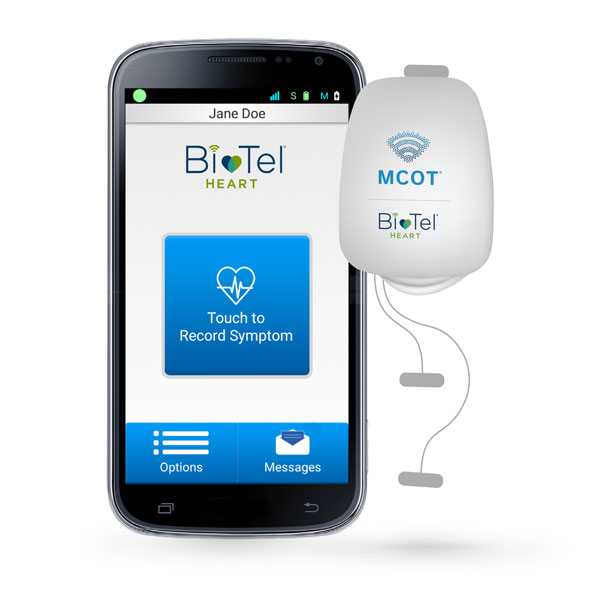

UCSD Health System Director of Cardiac Transplant and Mechanical Circulatory Support Eric Adler assessed the situation and administered the appropriate therapy. SCVC is an academic-based facility offering cardiovascular services under the UCSD Health System and is the first in the San Diego region to perform such a procedure.Ī 28-year-old patient, identified as “Amanda” due to patient confidentiality, was diagnosed with peripartum cardiomyopathy, a rare disorder in which women develop heart disease before or after childbirth, resulting in heart failure.
#Heart monitor implanted under skin skin#
Three weeks ago, the UCSD Sulpizio Cardiovascular Center implanted an innovative cardiac device that monitors cardiac activity under a patient’s skin and prevents sudden cardiac arrest without requiring any heart operations.

In addition to the Lux-Dx, the Heart Rhythm Center works with other implantable cardiac monitors, Holter monitors that are worn on the chest or wrist wearables.The system, implanted under the skin, shocks the heart when it beats irregularly. Typical candidates for the device are those who haven’t gotten good results with wearable monitors and have had bothersome, but not daily, symptoms. Patients say the app is easy to navigate and simpler than alerting the office when they have a symptom or recording it in a journal.”Īmong the conditions the Lux-Dx can monitor are atrial fibrillation, cryptogenic stroke, syncope, palpitations and ventricular tachycardia. “The app helps patients stay connected with their health and coordinate their symptoms with the data so we get a clearer picture of what’s happening. “The Lux-Dx’s S-ECG signal quality is similar to lead II, and with fewer false positives and remote programming, patients with the device don’t need to come into the office as frequently,” said Sofya Kuznetsov, M.D., cardiologist and electrophysiologist with Norton Heart & Vascular Institute. RELATED: American Heart Association sets standards for heart attack care In addition to the implant itself, the device comes with an app that is used on a dedicated mobile device and a magnet that is placed on the back of the mobile device and used during setup. Use Norton EpicLink to quickly and easily refer a patient to Norton Heart & Vascular Institute. The device is rated as MR conditional for use in magnetic resonance imaging. The device setup allows the clinician to automate parameters for arrhythmia detection based on the condition or set them manually.

Two electrodes monitor the subcutaneous ECG data when specific arrhythmias are detected. The device, about the length of a paper clip, is inserted just under the skin in the area of the left pectoral. It also delivers fewer false positive readings. It is the first Food and Drug Administration-approved insertable cardiac monitor that allows remote programming, further reducing the need for patients to make an office visit. Norton Heart & Vascular Institute is first in the area to adopt the Lux-DX insertable cardiac monitor technology, which reduces the patient’s need for in-person monitoring.Īrrhythmia patients of the institute have begun receiving the Lux-Dx monitor, which allows for wireless transmission of clearer and more reliable signals to the Norton Heart & Vascular Institute Heart Rhythm Center for evaluation. The monitor is implanted just below the skin and sends data to the Norton Heart & Vascular Institute Heart Rhythm Center once a day for evaluation, saving trips to the office.


 0 kommentar(er)
0 kommentar(er)
